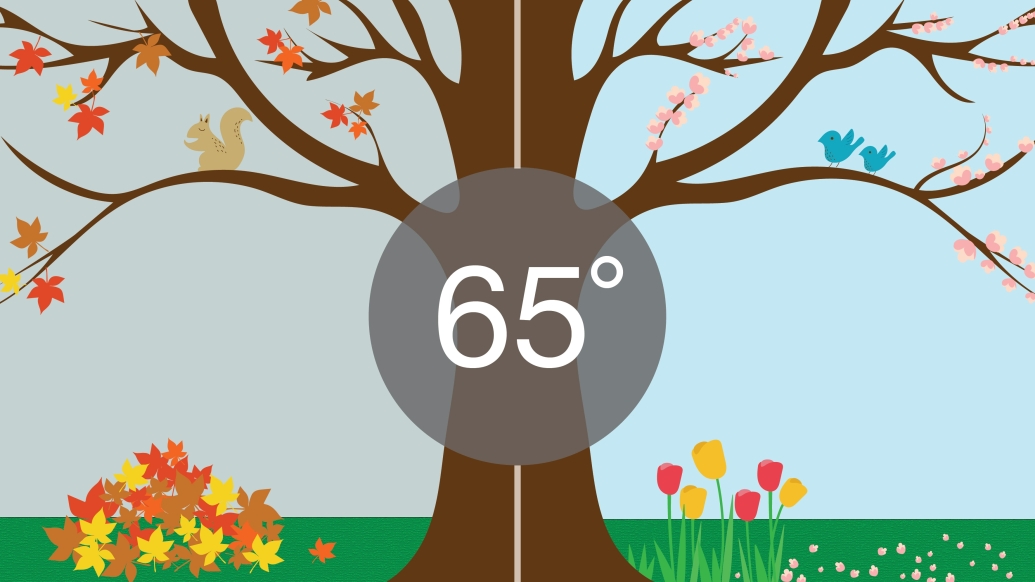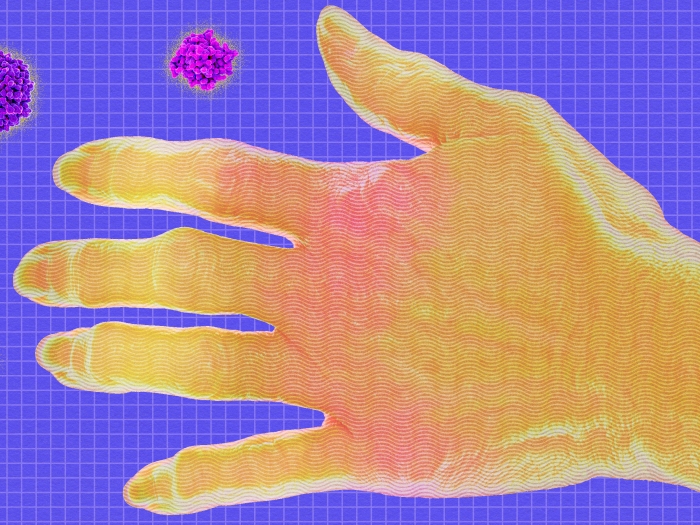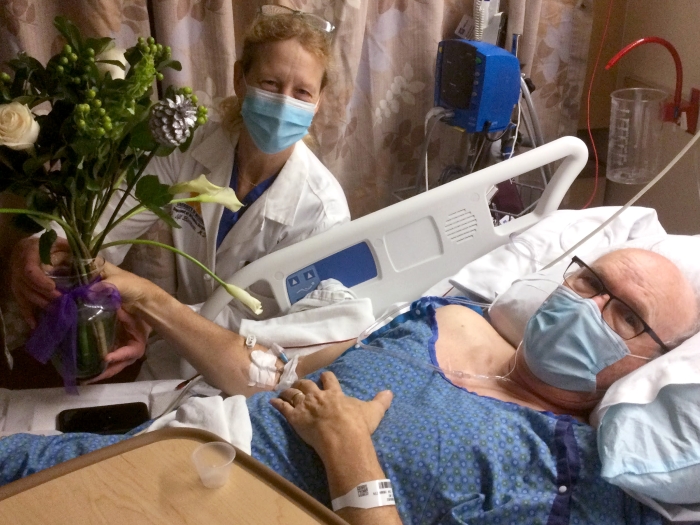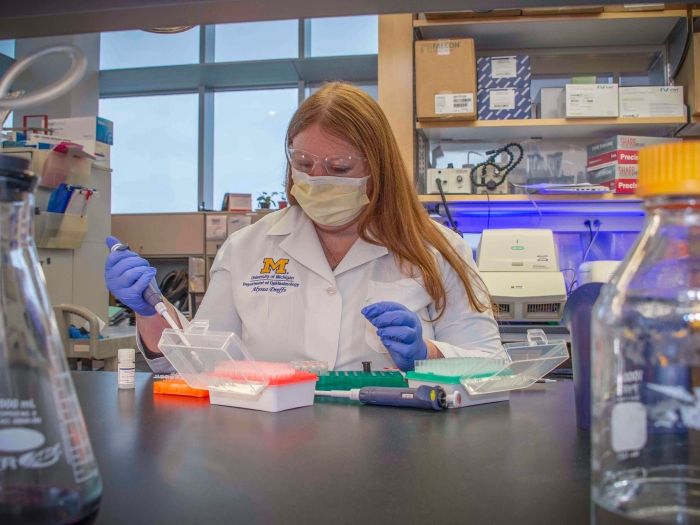When seasons change, our bodies know to react. But we can perceive the same thermometer reading differently at various times throughout the year.
7:00 AM
Author |

With temperatures set to drop in the coming weeks, you might be surprised to perceive a moderate, 65-degree day as chilly, whereas the same scenario in the spring would feel positively tropical.
There's a reason for that.
SEE ALSO: What Happens to Your Body When You Stop Exercising?
"When you're exposed to a lot of heat outside, basically there's an adaption going on that your body will get used to and lower the threshold at which you start to cool off," says Laure Rittié, Ph.D., a research assistant professor of dermatology at the University of Michigan.
So, after several months spent in the hot summer sun, that first colder-than-normal encounter will shock the system a bit.
It's a process called acclimation, Rittié says, noting: "There's a lot of physiological processes that take place."
The brain as barometer
Many might assume that the body's main sensors for detecting climate shifts lie on the surface of our skin.
But our real barometer, Rittié says, is the brain — the nerve center for regulating core temperature that signals a person's sweat glands, blood flow and heart rate to react to environmental changes.
"The body temperature really needs to stay within a narrow and safe range," Rittié says. "In humans, the main way we cool down is through perspiration."
Which is why you sweat more in July than in January.
And, because the body knows to perspire less during chilly months to shield against the elements, the first sign of spring can feel balmy — or at least more pleasant — compared with the same mild temperature at the start of autumn, when a person has developed a tolerance for (and greater perspiration response to) heat.
Adapting to change
Whether the mercury is falling or on the rise, it usually takes a person 10 to 20 days to adjust to a new season, Rittié says. The transition from winter to warmer months can be tougher because of the higher amount of energy required to keep cool, she says.
SEE ALSO: How to Use Bedroom Lighting to Improve Sleep Quality
Drinking plenty of water to avoid dehydration as sweat patterns change can ease the transition. A year-round fitness routine can help sweat glands work properly, too.
Such scenarios might be less applicable to the elderly, says Rittié, whose recent research found that functions of sweat glands decline with age.
Still, those who don't give their bodies a chance to work through mild discomfort — a person who in the summer relies on air conditioning at home, in the car and at work, for example — will ultimately have a worse time outdoors when temperatures fluctuate.
Says Rittié: "If somebody's not acclimated, they're just going to feel miserable."

Explore a variety of health care news & stories by visiting the Health Lab home page for more articles.

Department of Communication at Michigan Medicine
Want top health & research news weekly? Sign up for Health Lab’s newsletters today!





